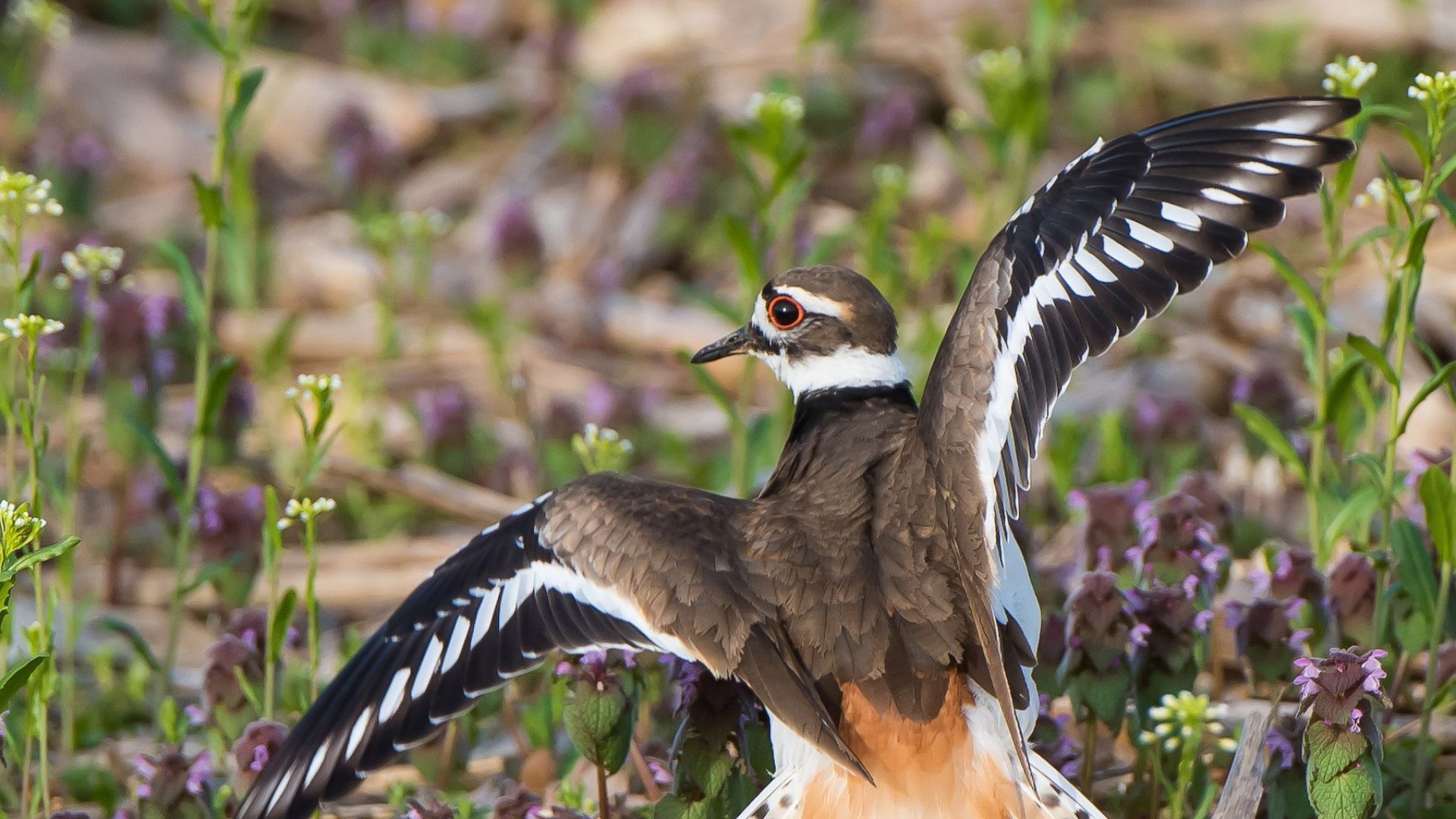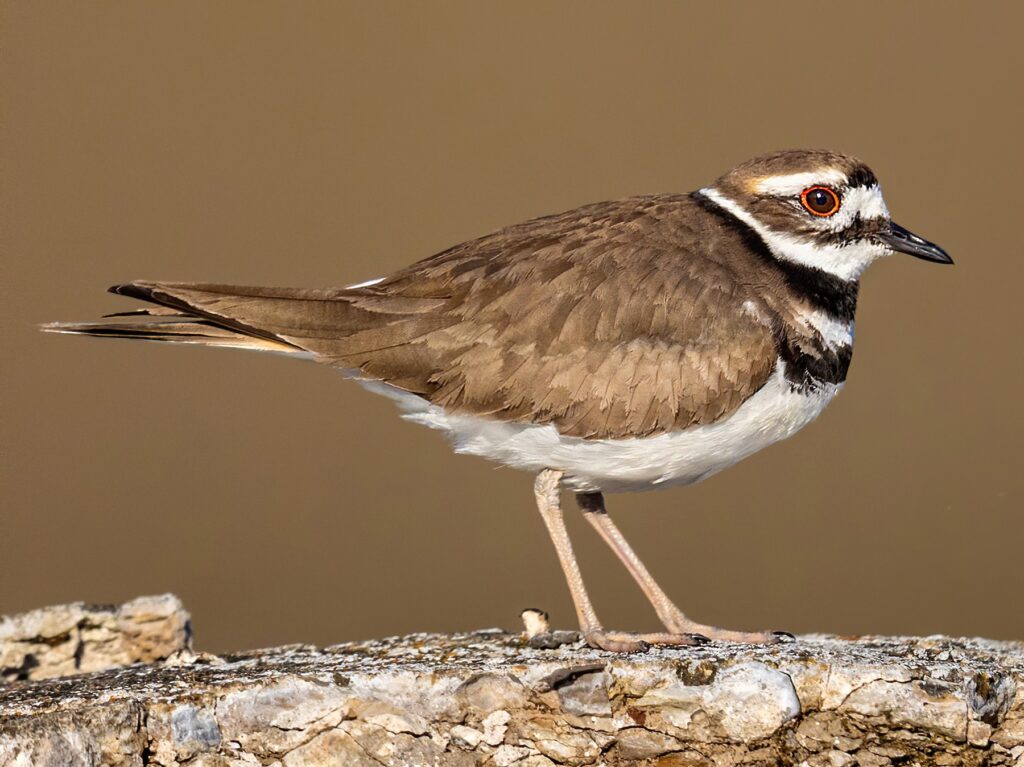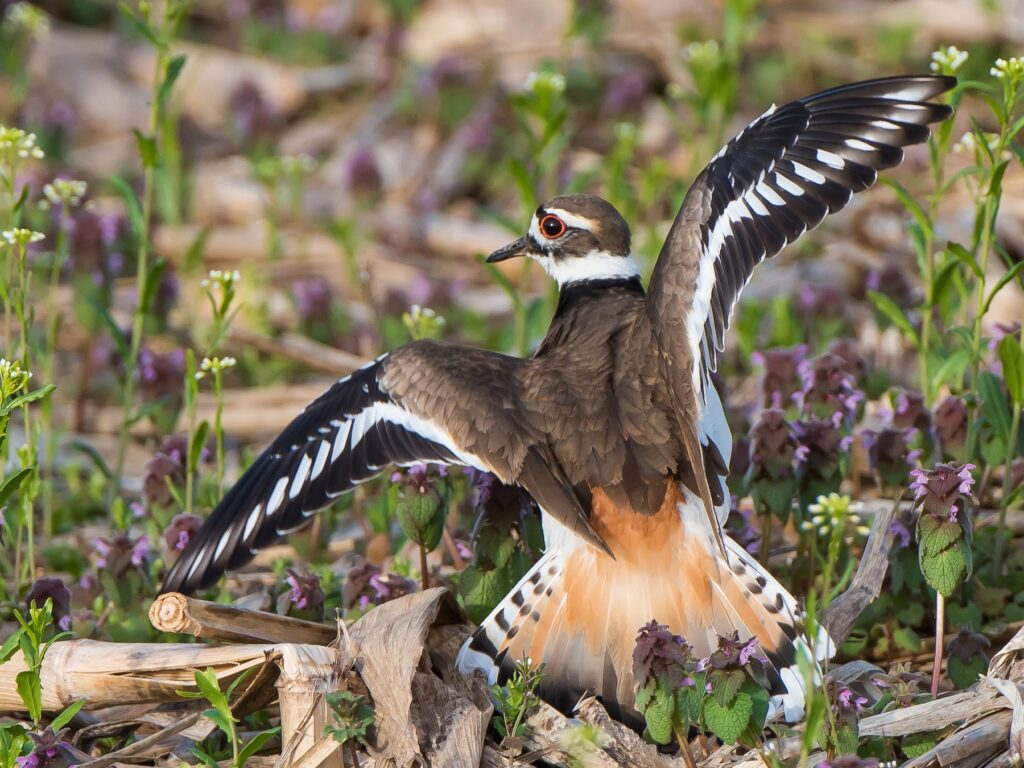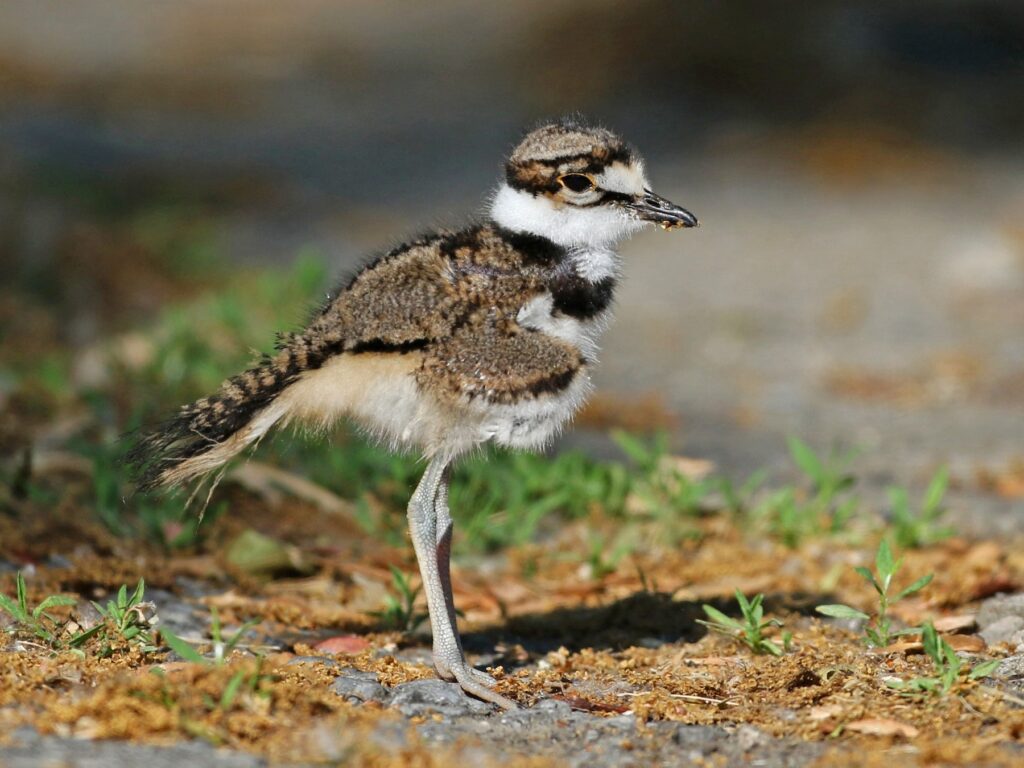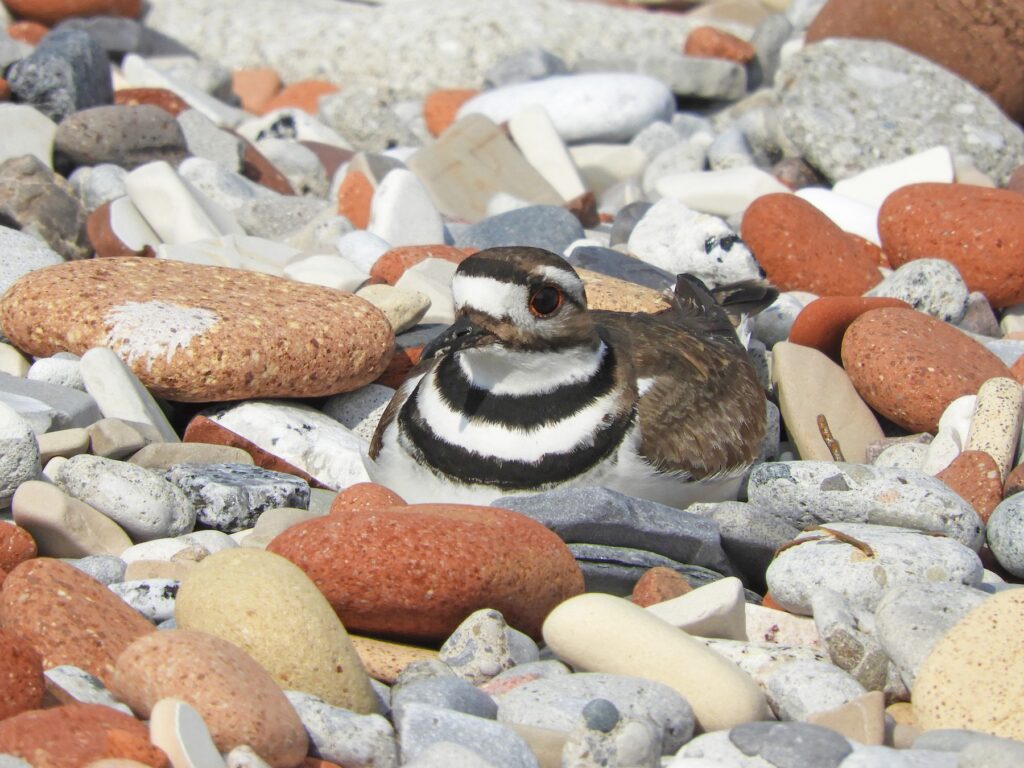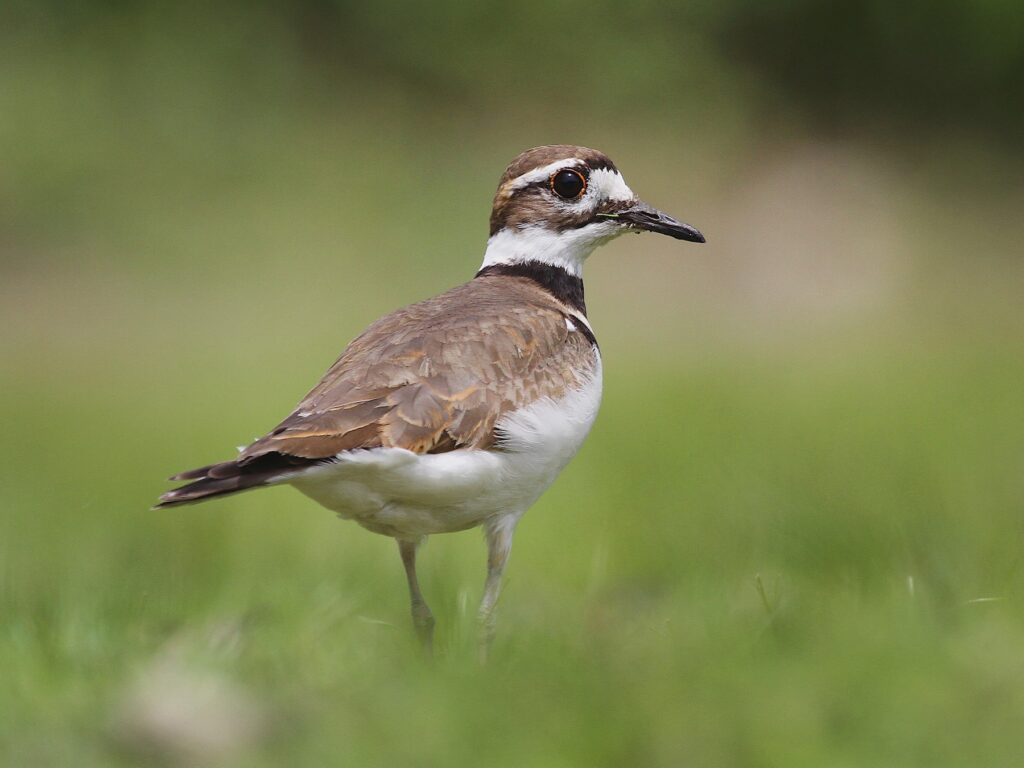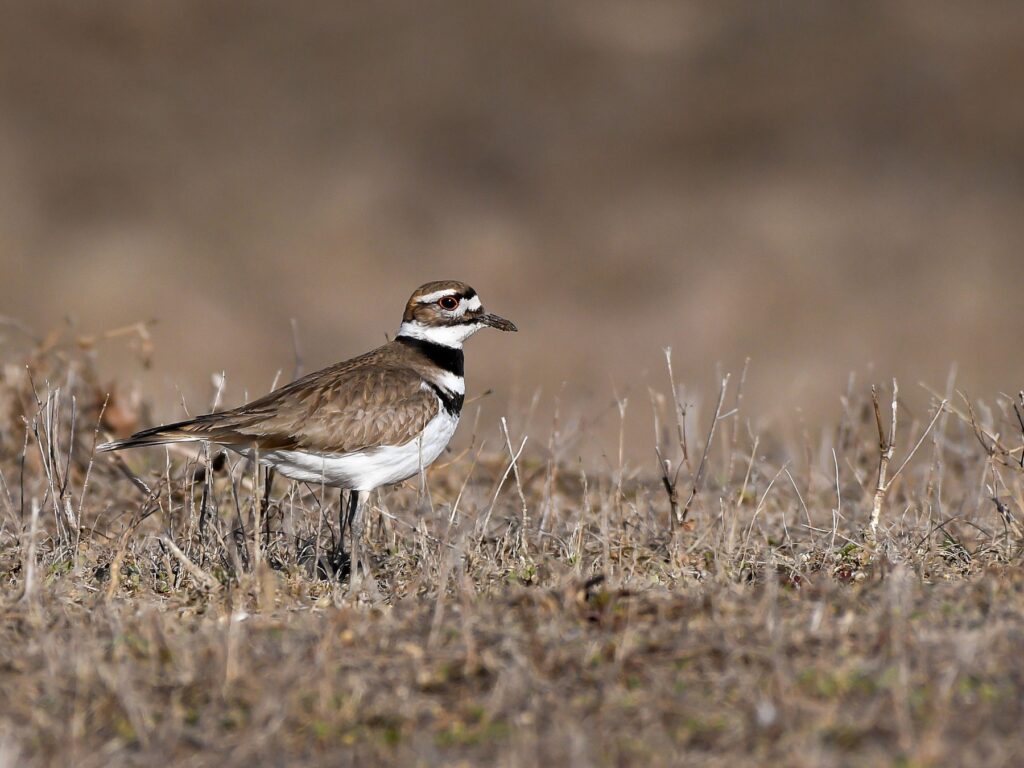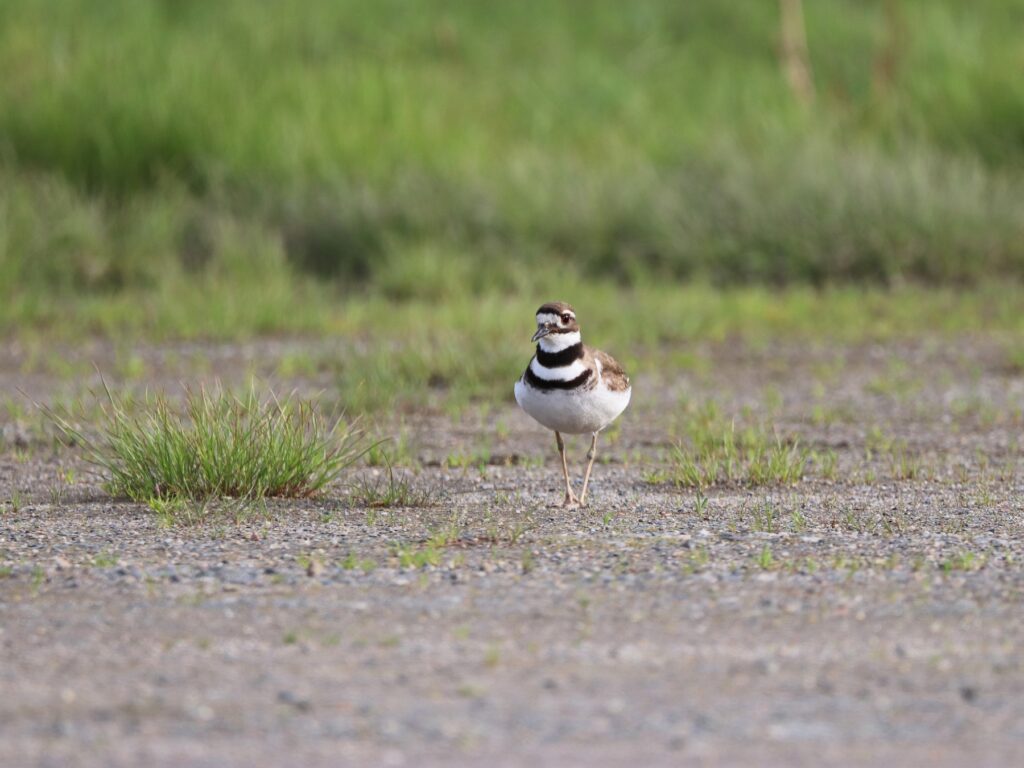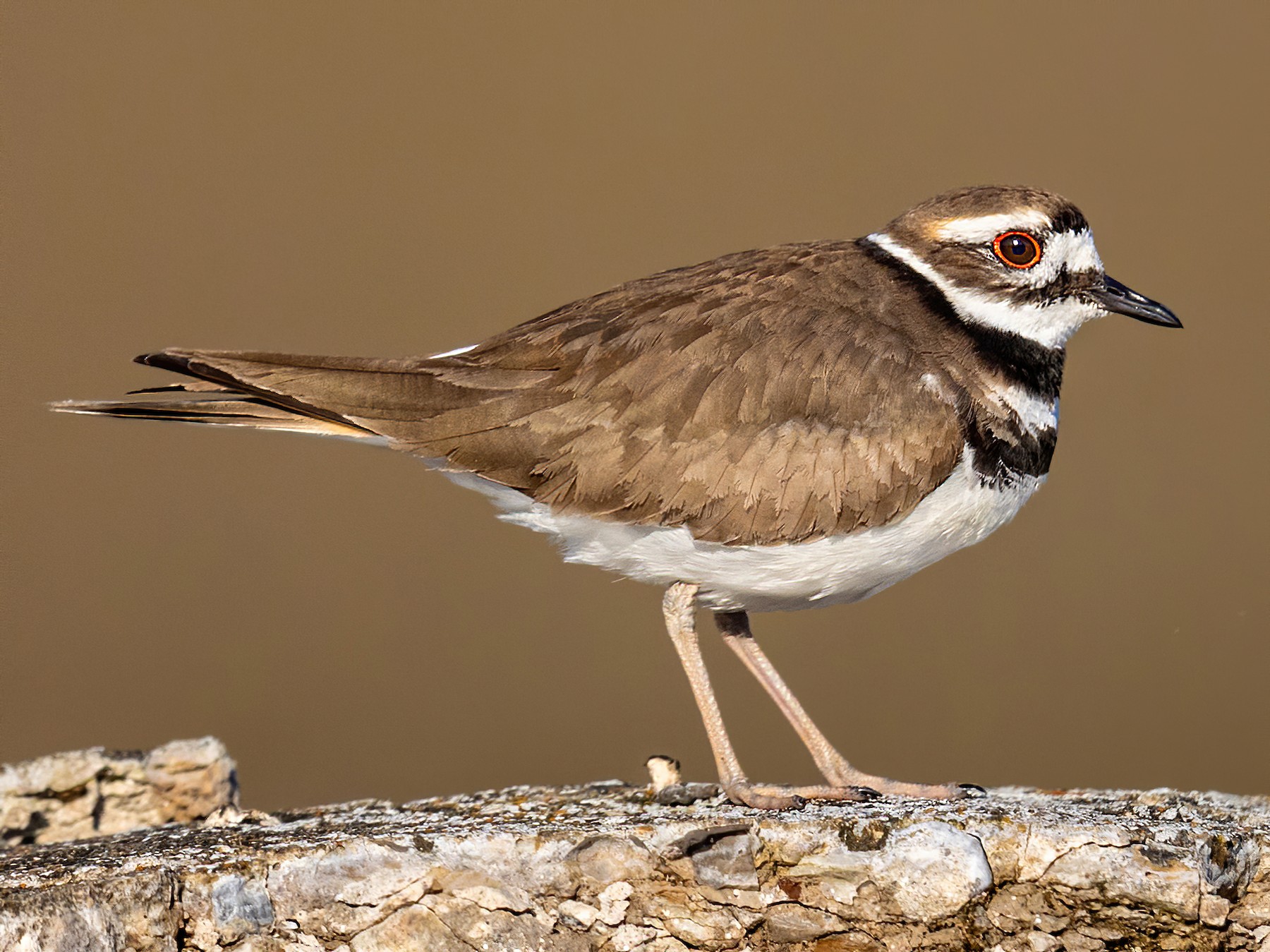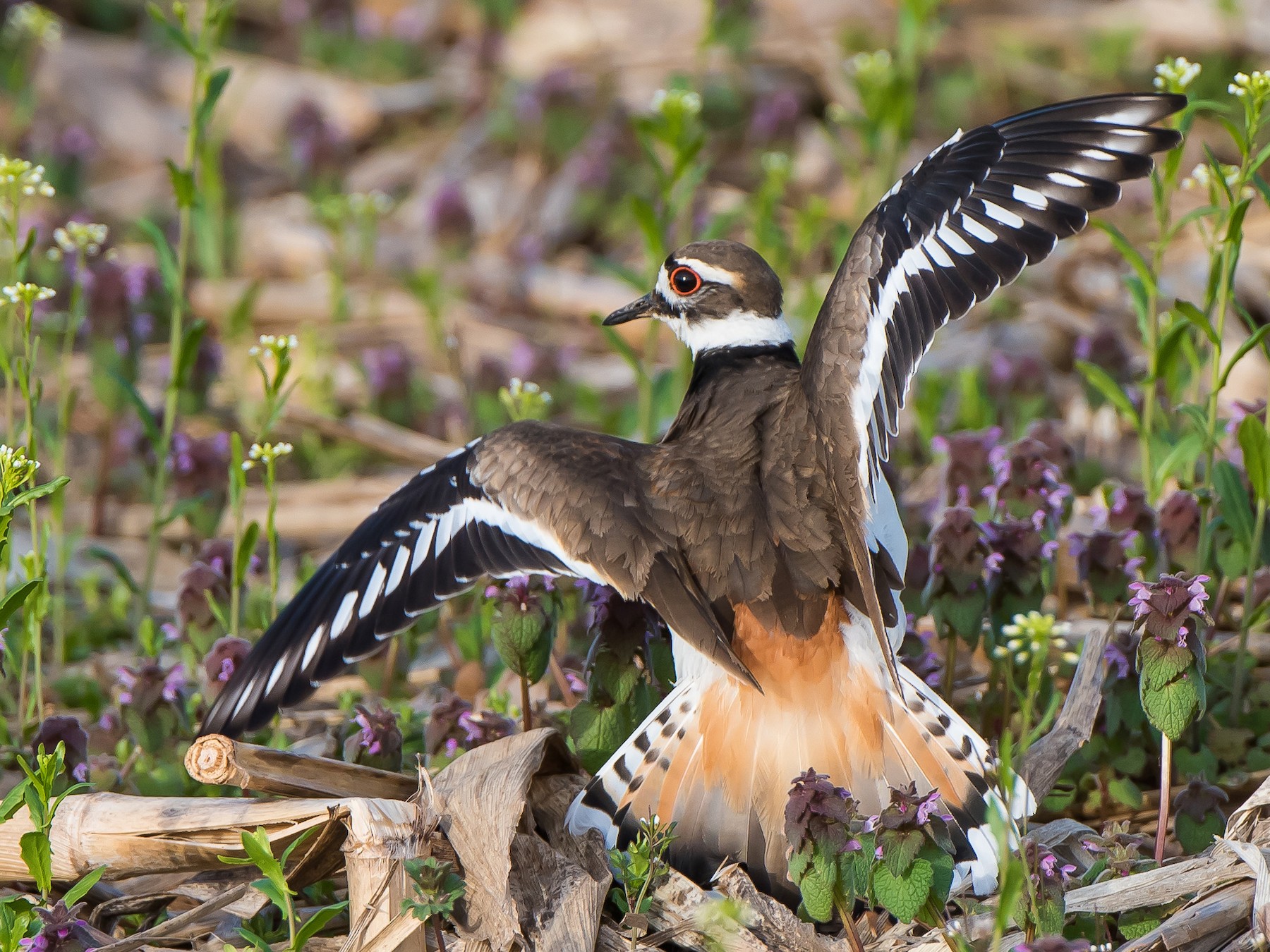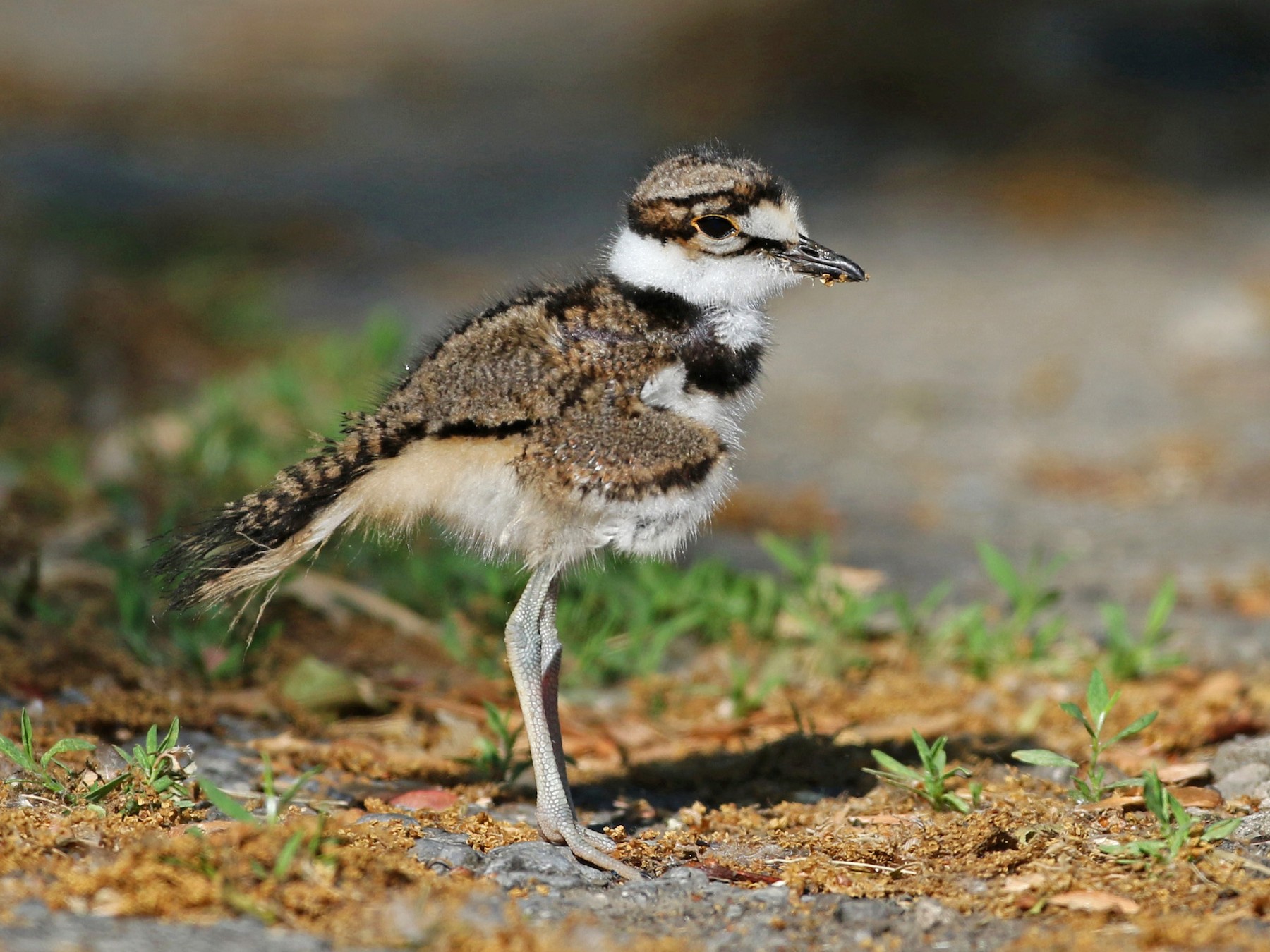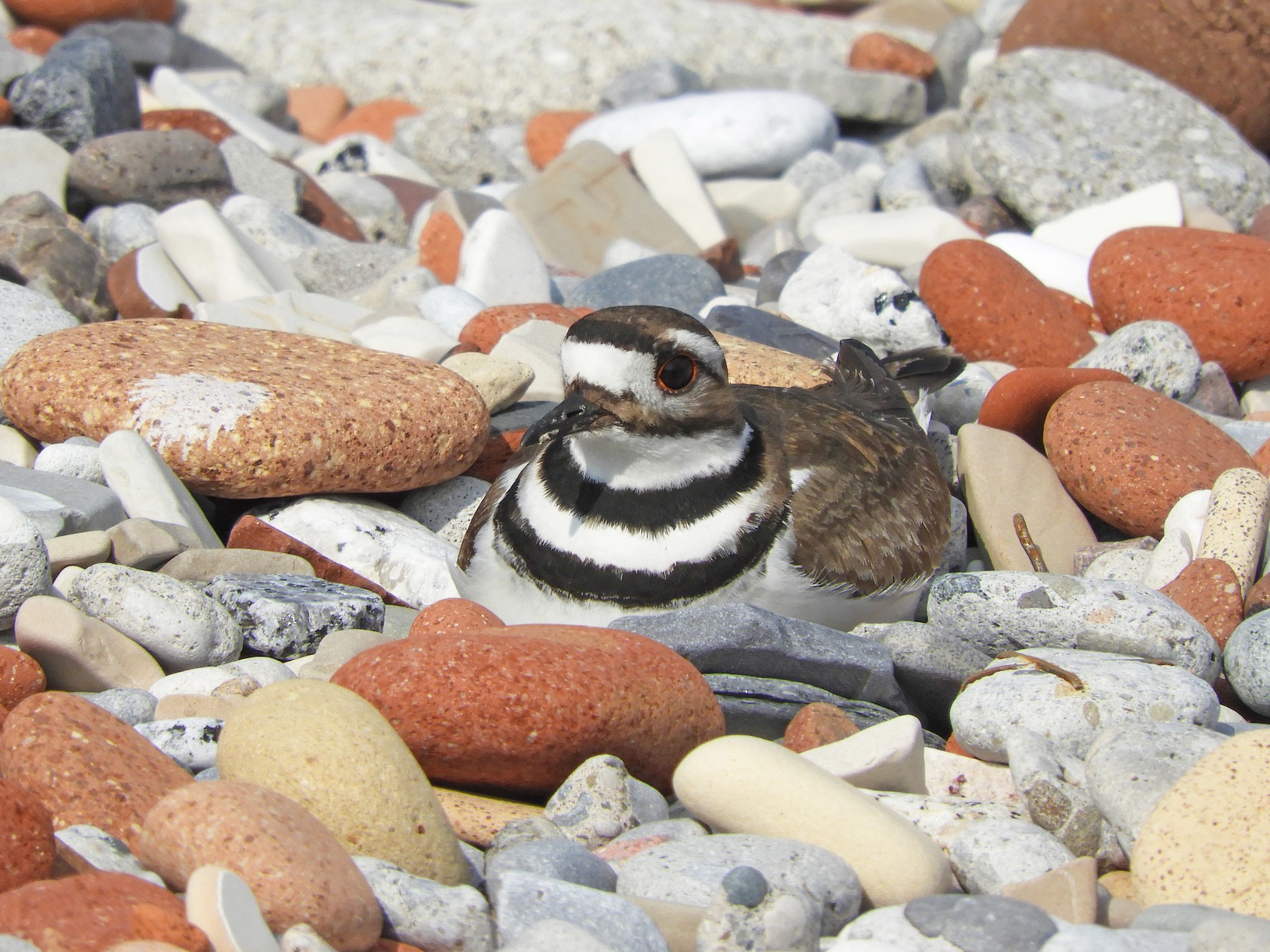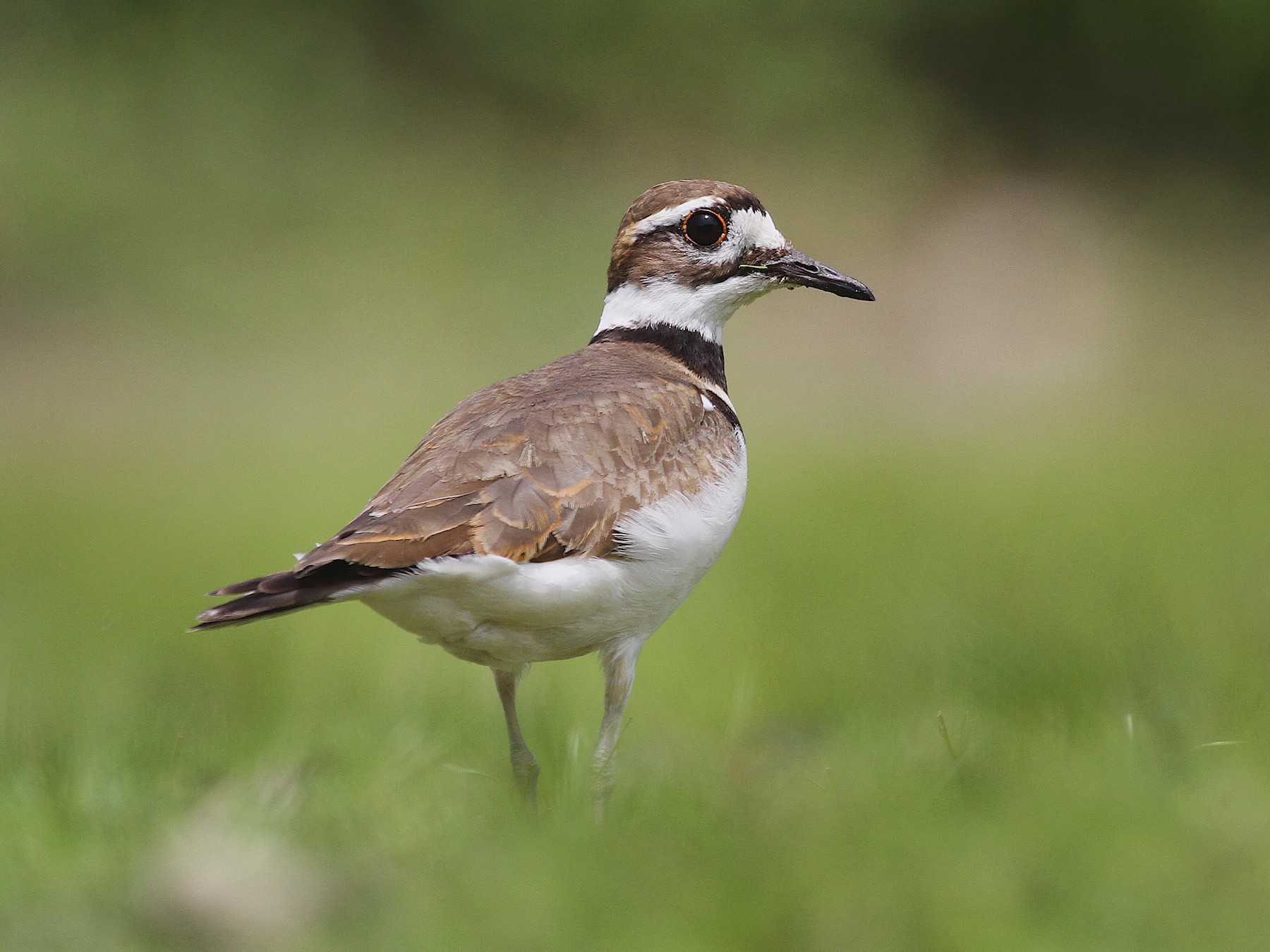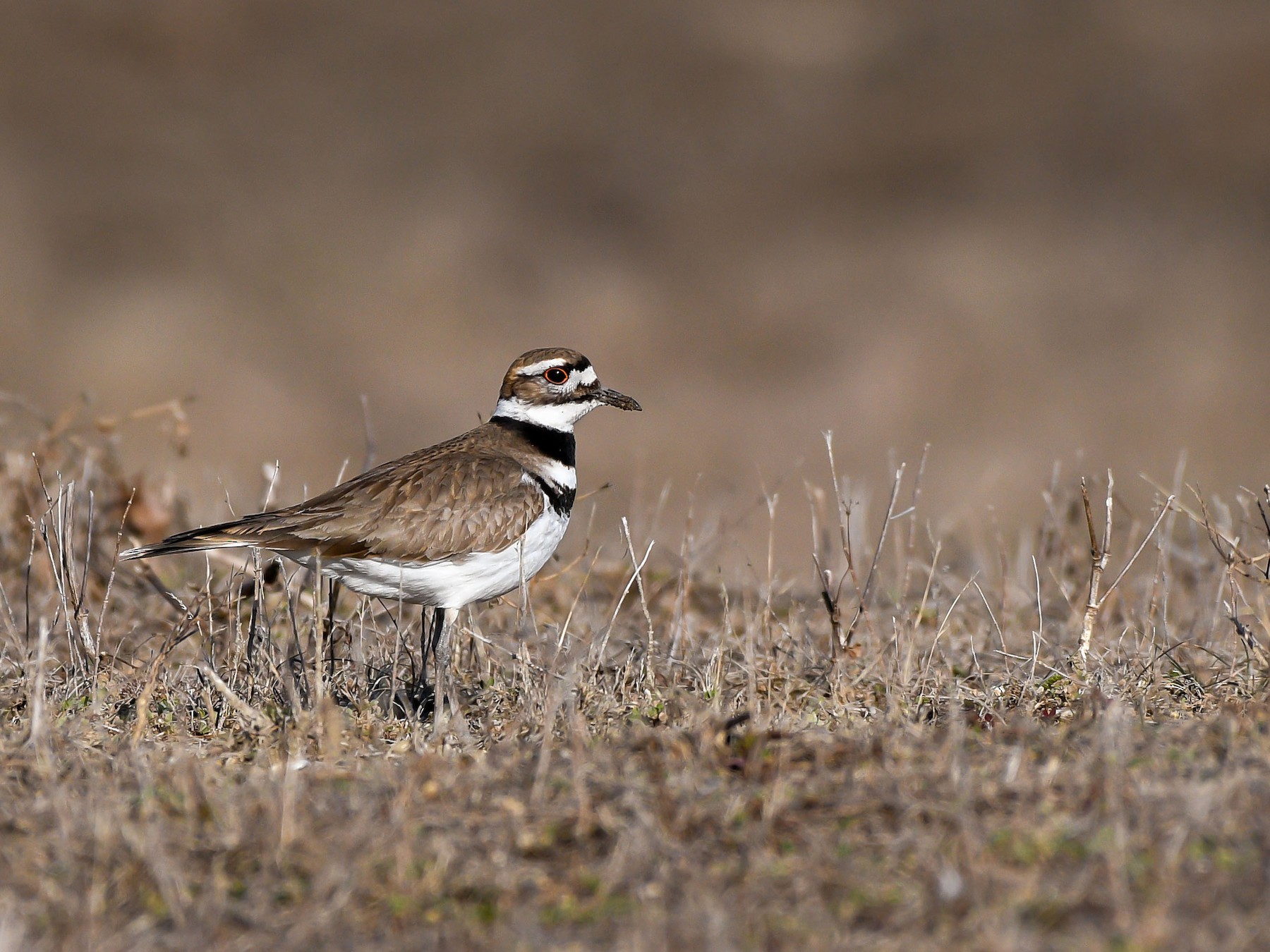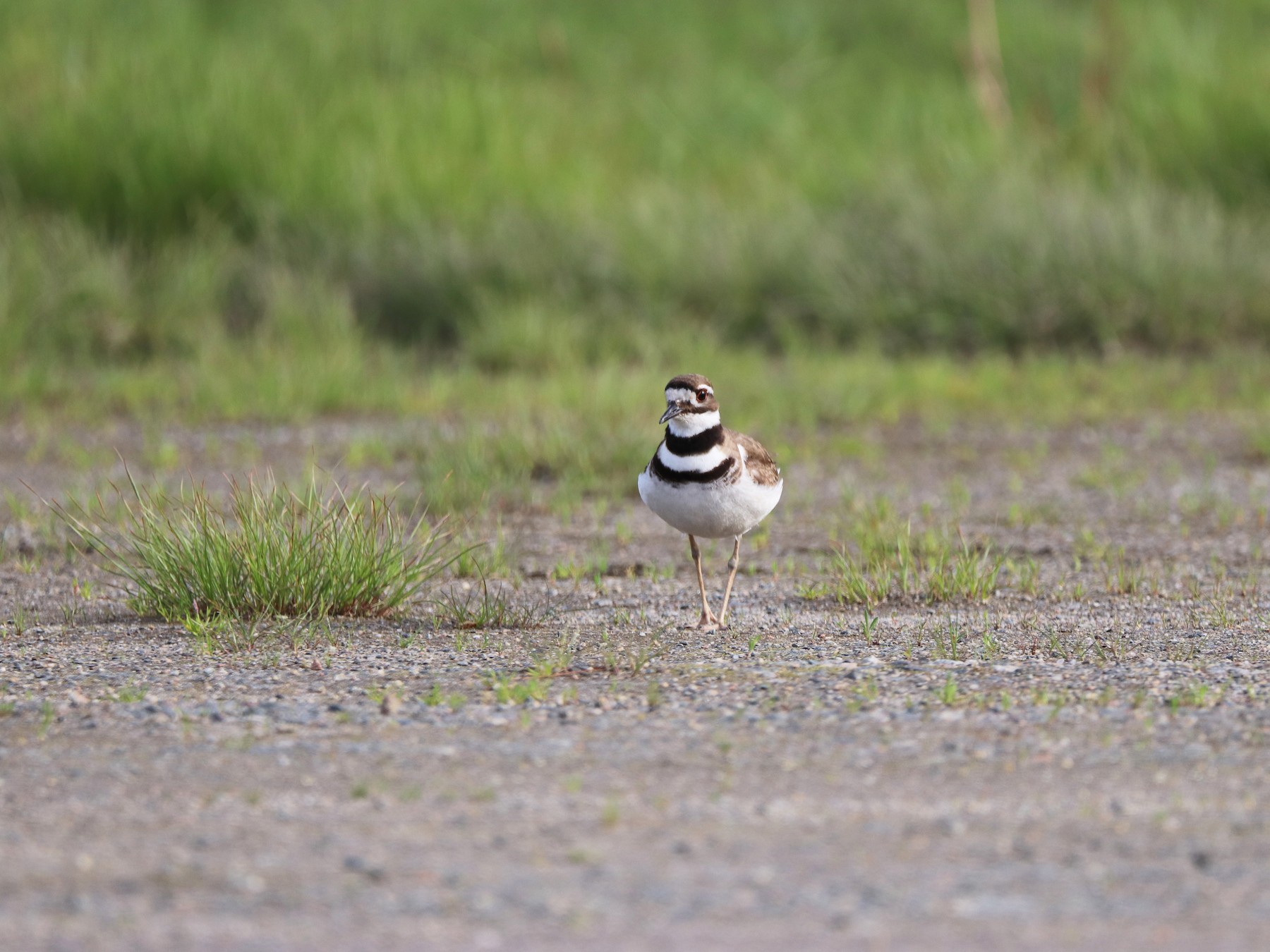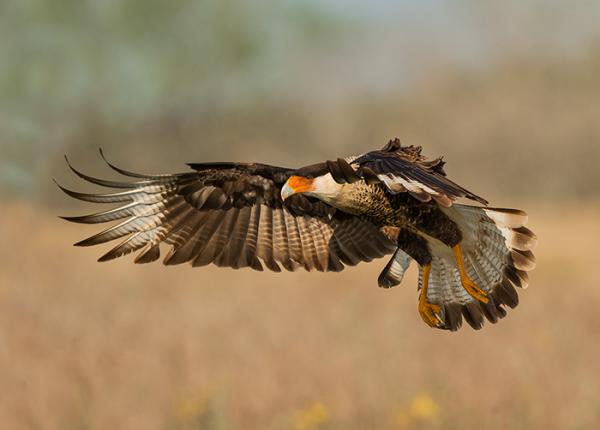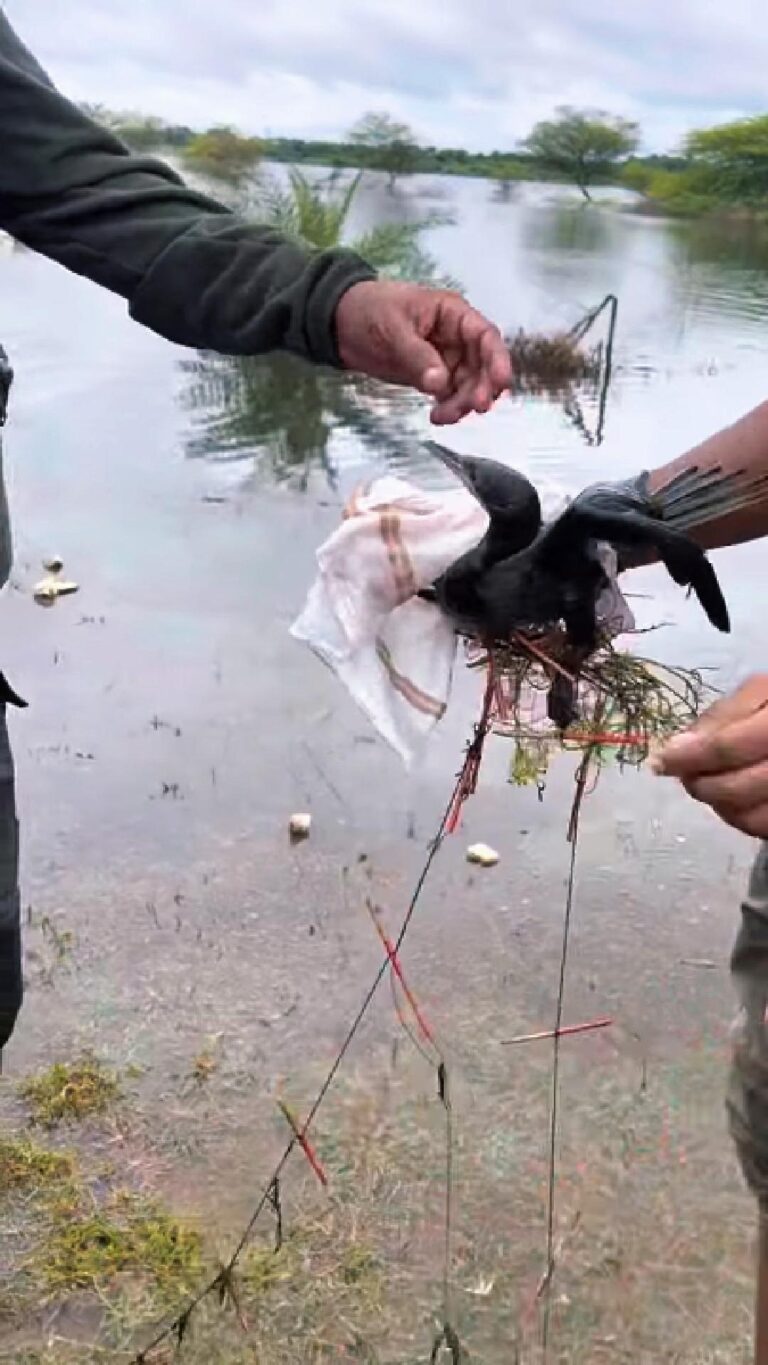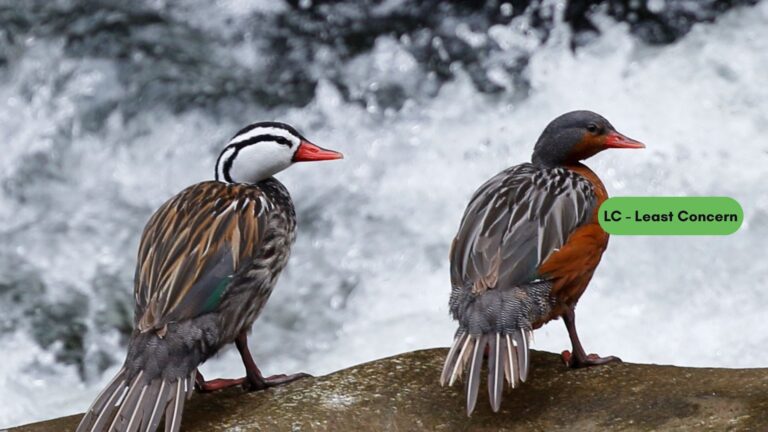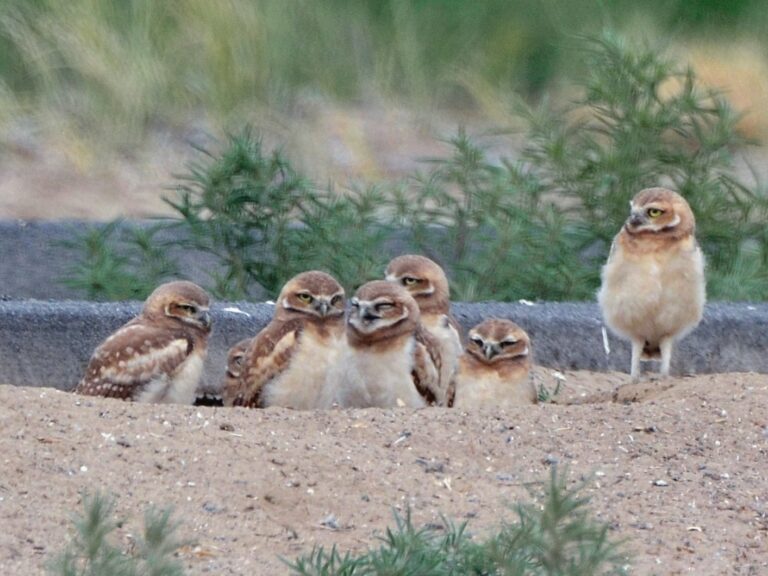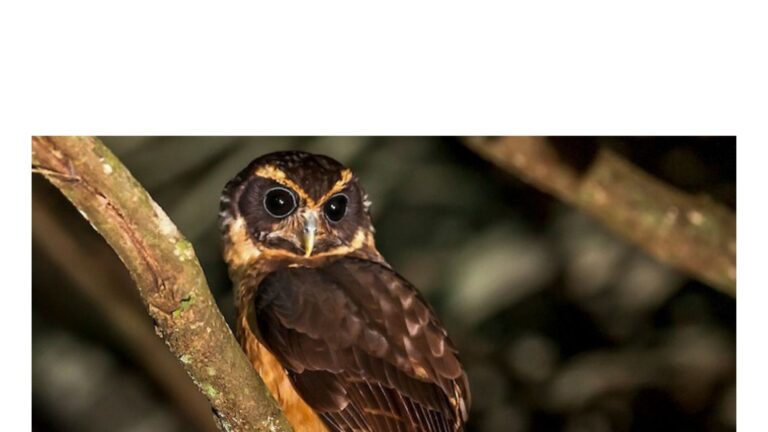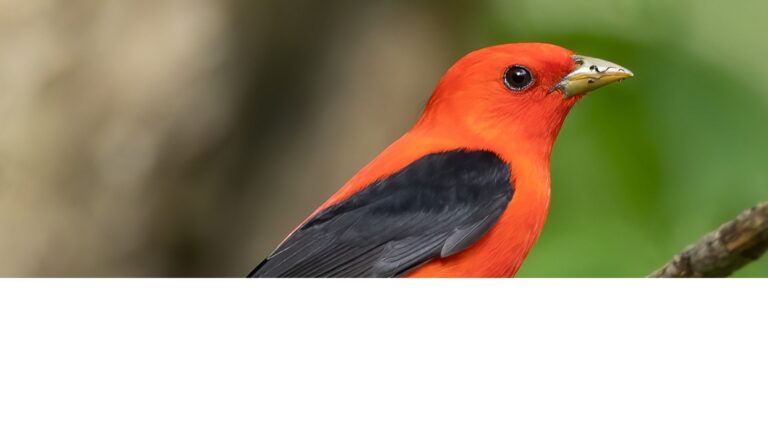Killdeer: The Fascinating Life and Habits of a Unique Shorebird
The Killdeer, a plover known scientifically as Charadrius vociferus, is easily recognizable and fascinating to observe. These shorebirds are well-known for their distinctive calls and a unique behavior called a “broken-wing display” that tricks predators. Found across North America, they thrive in various habitats, including open fields and shorelines, showcasing their adaptability.
In addition to their vocal talents, these birds engage in interesting reproductive behaviors. They often lay their eggs in simple scrapes on the ground, making their nests vulnerable but also clever for their environment. As they forage, they primarily eat insects and small invertebrates, which are crucial for their diet and overall health.
These birds are not only intriguing for bird watchers but also play important roles in their ecosystems. Their migratory patterns and conservation status are key points of interest for anyone looking to understand more about this species and its impact on biodiversity.
Key Takeaways
- Killdeer are easily identified by their calls and unique behaviors.
- They lay eggs in simple nests, which can make them vulnerable.
- Their diet mainly consists of insects and small invertebrates.
Physical Characteristics and Behavior
These distinctive shorebirds are famous for their striking appearance and unique behaviors. Their physical traits support their survival, while their behaviors play a crucial role in nesting and protection.
Distinctive Appearance
These birds possess a notable look. They have brownish-tan upperparts which blend well with their surroundings. Their underparts are white, and they sport two black bands across their chest.
Adult birds measure about 9 to 11 inches in length. Their long, slender legs help them run swiftly across open fields. They also have a distinctive black cap on their head, which enhances their recognizable features. The large eyes allow them to spot potential threats quickly, providing an advantage in their habitat.
Adaptive Behaviors
These birds are highly adaptable. They often select nesting sites in open areas, such as gravel roads or fields, to take advantage of visibility. Their choice of location helps them avoid many predators.
When foraging for food, they typically feed on insects, earthworms, and small invertebrates found on the ground. Here, their keen eyesight and quick movements assist them in locating and catching prey.
They are also vocal birds. They produce a series of loud, drawn-out calls which can be heard over long distances. These calls play a part in attracting mates and warning off intruders.
The Broken-Wing Display
One of the most remarkable behaviors is the broken-wing display. When a predator approaches their nest, an adult feigns injury by dragging one wing on the ground. This display draws attention away from their eggs or chicks.
As the potential threat follows the seemingly injured bird, it may lead them far away from the nest. This behavior is a clever strategy for protecting their young from predators. The broken-wing display showcases the species’ instinctive method of safeguarding their offspring in a natural setting.
Habitat and Distribution
This versatile bird is found across various regions in North America. Its habitat preferences are closely tied to its breeding and wintering behaviors, making it adaptable to different environments.
North American Regions
These birds are found throughout North America, primarily in open areas. In the United States, they are often seen from the east coast to the west coast, including places like Cleveland, Ohio. They are common summer residents in this region but also migrate south for the winter.
During migration, these birds can be spotted in fields, wetlands, and other habitats. Their widespread distribution indicates their adaptability to diverse landscapes.
During migration, these birds can be spotted in fields, wetlands, and other habitats. Their widespread distribution indicates their adaptability to diverse landscapes.
They prefer a mix of habitats that support their nesting and feeding needs. They often choose open fields, gravelly areas, and even near roadsides. The birds favor areas where they can easily spot predators or potential threats.
Their nests are usually shallow depressions in the ground, often camouflaged with small stones or grass. This choice helps them avoid detection. In agricultural landscapes, they also thrive by nesting in crops, making them a common sight in farming areas.
In summary, their flexible habitat choices contribute to their success across different North American environments.
Reproduction and Life Cycle
These birds have a unique breeding process that involves specific mating behaviors, nesting habits, and the growth of their young. Their reproductive cycle is interesting and vital to their survival.
Mating and Nesting
During the breeding season, they engage in monogamous pair bonding. Males perform a distinctive display involving calling and running to attract a female. Once a pair forms, they work together to select a nesting site, typically located on the ground. This site is often near open fields or gravel areas where their eggs blend in with the surroundings.
Nesting usually occurs in March to July, depending on the region. Both parents participate in building the nest, which is often a simple scrape in the ground lined with pebbles.
Egg Characteristics and Incubation
These birds lay between three to five eggs per brood. The eggs have a distinctive appearance: they are light brown or tan with dark spots, helping them camouflage among rocks and soil. This adaptation is essential for protection against predators.
The incubation period lasts about 24 to 28 days. Both the male and female take turns incubating the eggs. They remain near the nest, using alert behaviors to ward off potential threats.
Growth of Baby Killdeer
Once hatched, baby birds are precocial, meaning they can walk and forage shortly after emerging from the eggs. Their downy feathers provide some insulation, but they rely on their parents for protection and guidance.
The young are capable of eating insects and small invertebrates within hours of hatching. The parents continue to care for them, teaching essential skills for survival. Fledging occurs approximately 25 to 35 days after hatching, when the young birds are ready to leave the nest and venture out on their own.
Diet and Foraging Patterns
These birds have a varied diet that includes numerous food sources. Their foraging behavior is equally diverse, adapting to their environment to find food effectively. Understanding these aspects sheds light on their survival strategies and habitat use.
Diversified Diet
They primarily feed on a range of invertebrates and small aquatic animals. Their diet consists mostly of insects, such as beetles and grasshoppers, which are plentiful in their habitats.
They also consume various other items like:
- Caterpillars
- Worms
- Spiders
- Snails
- Crayfish
This flexibility allows them to thrive in different environments. They forage for food both on land and near water, enhancing their ability to find diverse prey.
Foraging Behavior
These birds are ground foragers and use sight to locate food. They often run and stop, watching for movement before pouncing on their prey. This active foraging method allows them to catch insects and small animals effectively.
During foraging, they might also employ a technique called distraction display. They feign injury to lure predators away from their nests. This clever behavior protects their young while they search for food.
Their adaptability in foraging patterns ensures they can find food and survive in various landscapes.
Their adaptability in foraging patterns ensures they can find food and survive in various landscapes.
These birds are known for their unique migratory habits and their current conservation status, which are important for understanding their survival. Notable patterns of movement during migration and efforts for their protection are critical for their future.
Migration Patterns
They are classified as spring migrants, returning to breeding grounds in North America from wintering areas in the southern U.S. and Mexico. These birds typically begin their migration in late winter or early spring, guided by daylight and favorable weather conditions.
During migration, they often travel in small flocks. They prefer open habitats such as fields and wetlands, which provide ample food sources. The timing and route can vary due to environmental factors and food availability.
These birds are highly adaptable and can adjust their migratory behavior based on climatic changes. Some populations may not migrate at all, especially in warmer regions where food remains accessible throughout the year.
Conservation Status
The conservation of these birds is vital due to their declining populations in certain areas. Studies indicate that there are significant negative trends in their numbers due to habitat loss, particularly in agricultural lands.
Efforts to conserve their habitats include protecting wetlands and implementing sustainable farming practices. Organizations focus on preserving critical areas for breeding and migration, ensuring they have safe and resource-rich environments.
Public awareness and education also play a crucial role in their conservation. Engaging local communities helps promote actions that support these birds and other shorebirds, contributing to a healthier ecosystem overall.
Frequently Asked Questions
These fascinating birds have unique behaviors and features that help them thrive in various environments. This section explores their adaptations, communication methods, diet, nesting habits, and more.
What adaptations do Killdeer have for their habitat?
They possess long legs and a slender body, which allow them to run quickly across open areas. Their brown and white plumage helps them blend into their surroundings, providing effective camouflage against predators.
How do Killdeer communicate with each other?
These birds are known for their distinctive calls, which include a loud and harmonious sound. They also use body language, such as puffing out their chests or spreading their wings, to signal to others, especially during mating or when threatened.
What is the typical diet of a Killdeer?
The diet of these birds mainly consists of insects, earthworms, and small crustaceans. They forage on the ground, using their keen eyesight to spot food items, and sometimes they even eat seeds and berries.
What are some identifying characteristics of Killdeer eggs?
These eggs are typically tan or light brown with darker speckles. They are about 1.5 inches long and are laid in shallow scrapes on the ground, blending well with the surrounding gravel or dirt.
How do Killdeer protect their nests from predators?
To protect their nests, they often use a distraction method. When approached by a threat, an adult will feign injury, leading the predator away from the nest. This behavior helps protect their young by drawing attention away from the eggs or chicks.
Where can one typically find the nests of Killdeer?
These birds usually nest in open areas such as fields, gravel roadsides, and beaches. They prefer locations with little vegetation to help camouflage their nests from predators.
